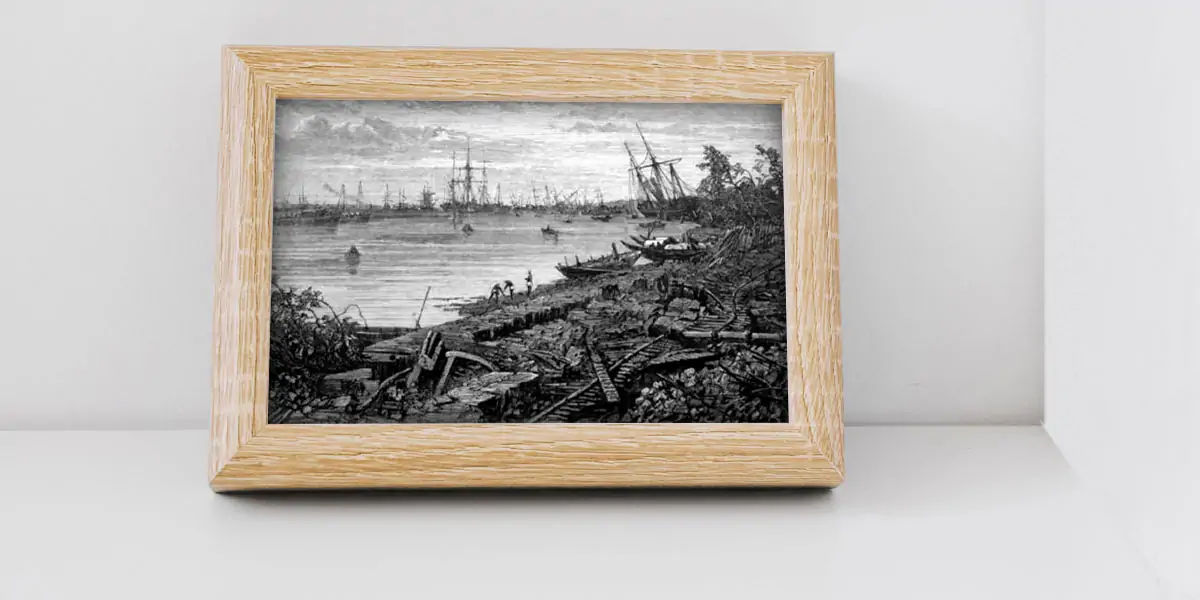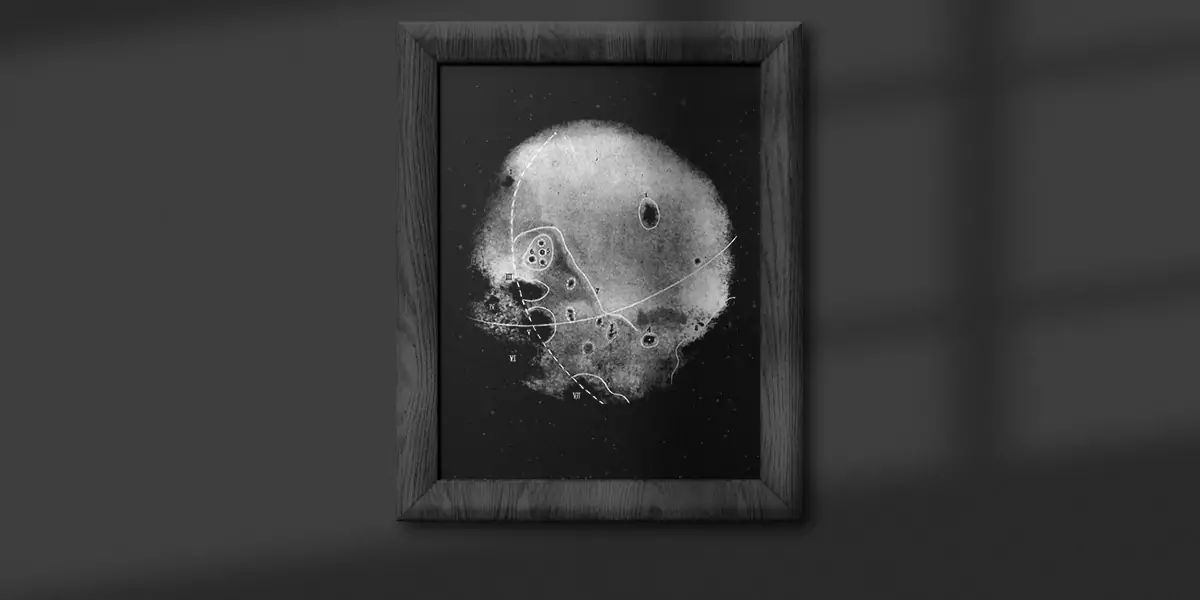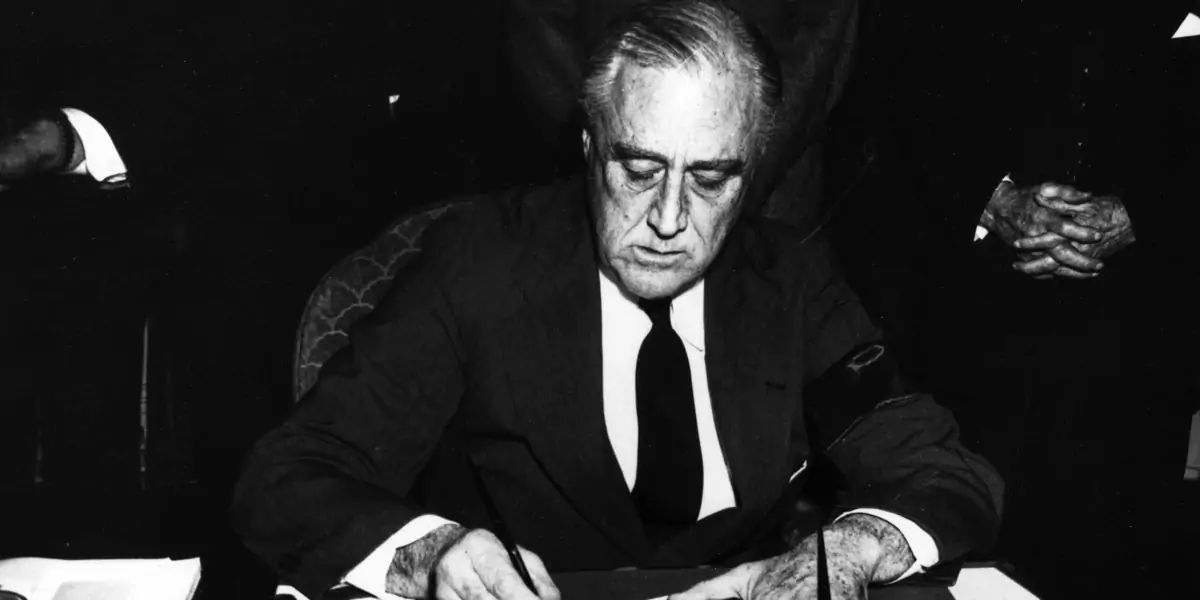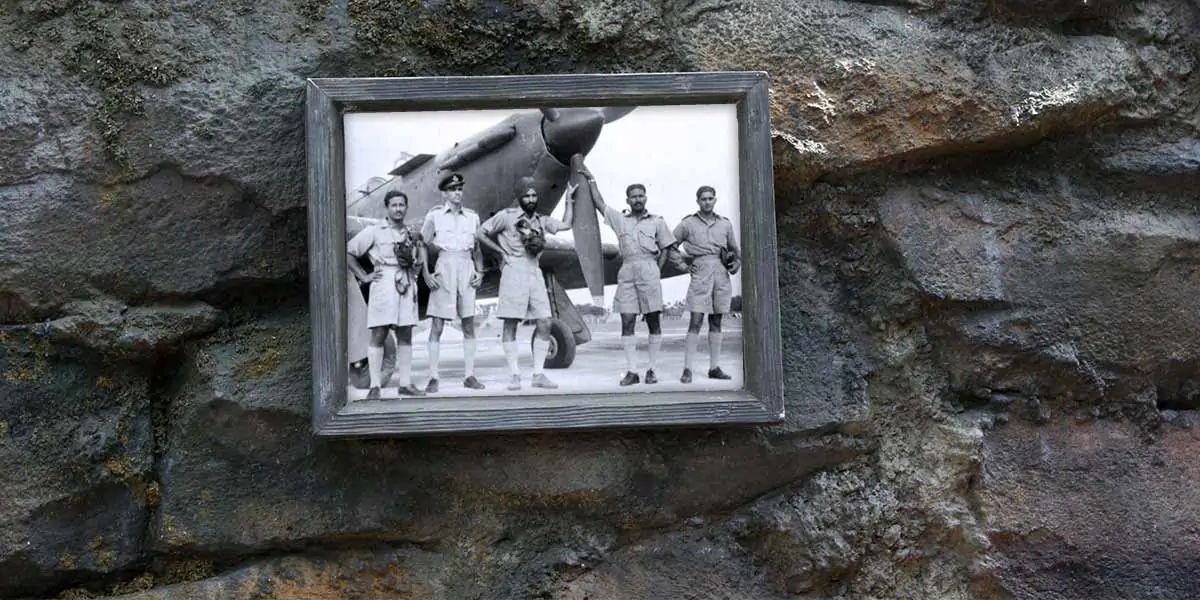In 1737, a storm created 40-foot seas in Calcutta, India, killing 300,000 people.

A huge storm made landfall inside the Ganges River Delta, just south of Calcutta, West Bengal, India, early on October, 1737. With 381 mm (15 in) of rain pouring in a 6-hour period, the cyclone generated a storm surge of 10-13 m (30-40 ft) in the Ganges. The storm moved 330 kilometers (200 miles) inland before dissipating. The 1737 Hooghly River Cyclone is regarded as one of the worst natural disasters in history. The storm, known colloquially as the Calcutta Cyclone, caused significant damage to the region's low-lying regions.
Related On This Day

In 2012, Malala Yousafzai, a women's rights and education campaigner was shot three times by a Taliban gunman as she attempted to board her school bus in the Swat area of northwest Pakistan.

Ernesto "Che" Guevara, an Argentine Marxist revolutionary and surgeon, was killed in Bolivia in 1967 at the age of 39.

Spotify is a cross-platform programme. Spotify, which debuted on October 7, 2008, also sells music subscriptions and monetizes its music through advertisements.

In 1793, at the age of 56, John Hancock, an American businessman and statesman who was the first to sign the Declaration of Independence, died.

The far side of the Moon was observed for the first time in 1959, thanks to the USSR's Luna 3 space mission.

In 1941, US President Franklin D. Roosevelt approved the Manhattan Project, an atomic endeavor.

Raaj Kumar, a Hindi cinema actor, was born in Loralai, Balochistan, British India, in 1926.






